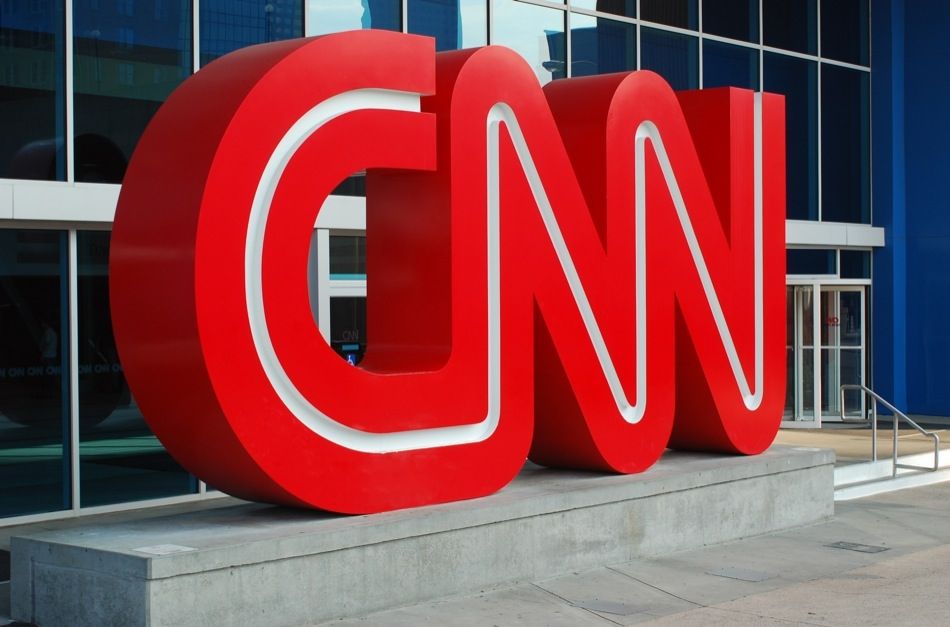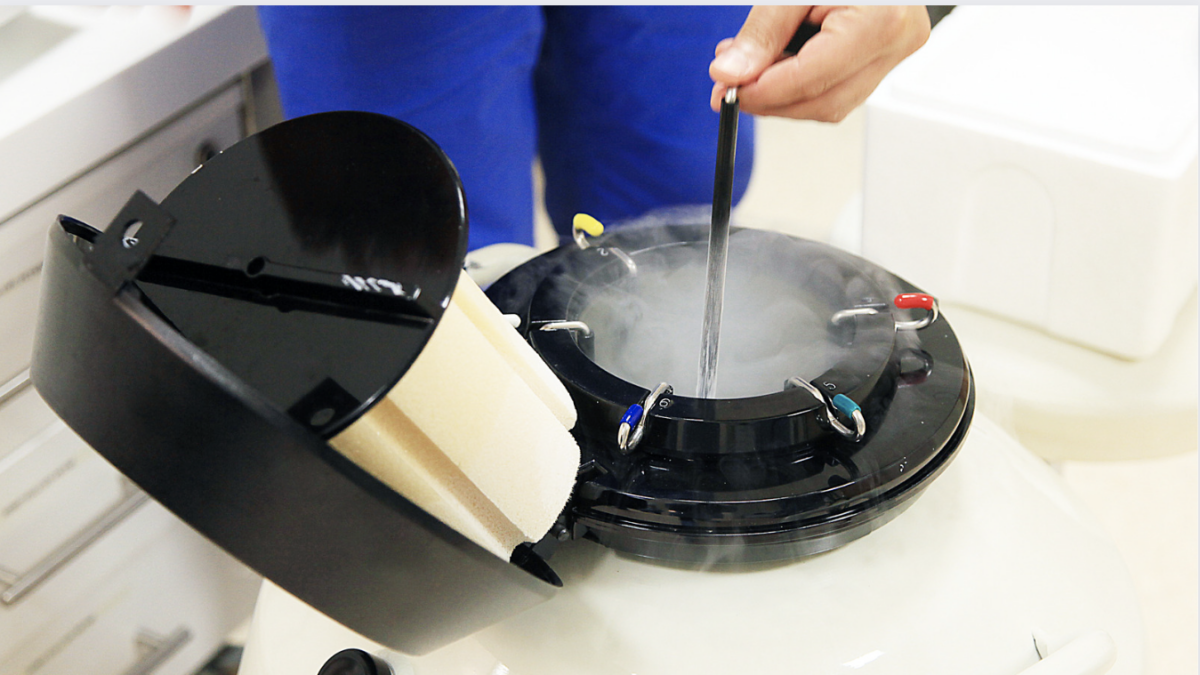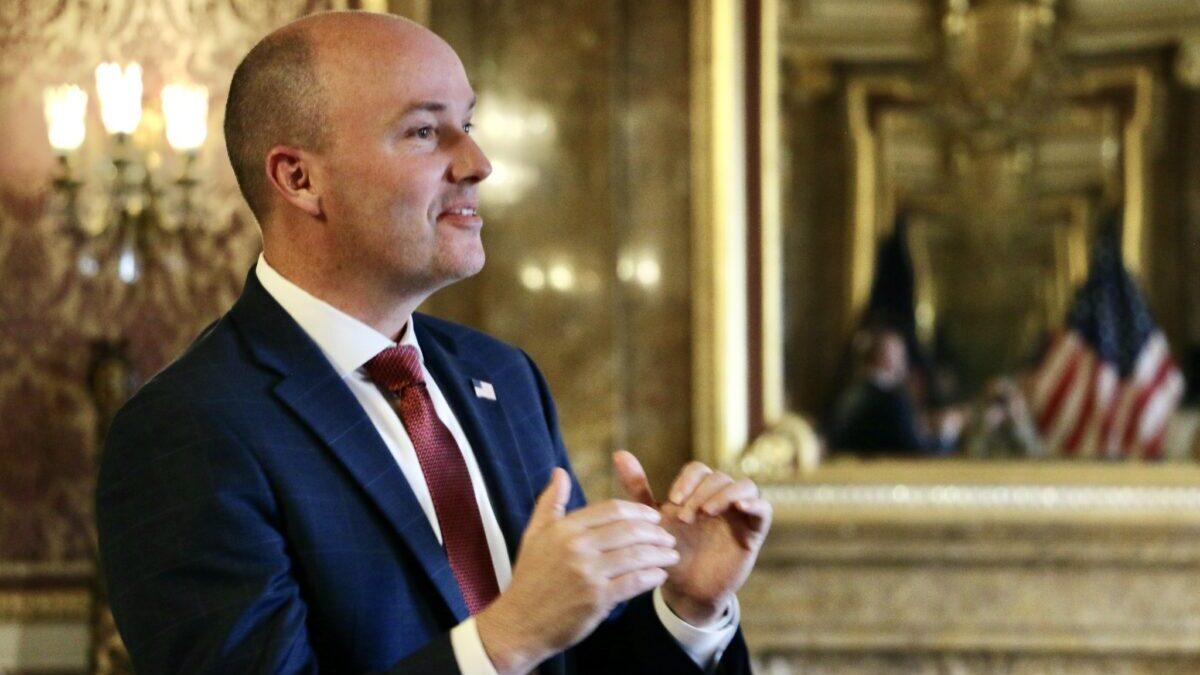
Liberal media outlets have more than lived up to the “fake news” moniker President Trump bestowed on them following the election, after they ginned up the term to excuse Hillary Clinton’s loss. Now they are using the Annapolis shooting to assert they should no longer be criticized by President Trump — or anyone in the press — for shoddy reporting.
The man who killed four journalists inside the Capital Gazette newsroom on Thursday had a long running beef with the paper, because it reported in 2011 he was convicted for harassing a woman online. He sued for defamation, but the judge threw out his case. There is zero evidence his decision to open fire in the newsroom had anything to do with media criticism
Nevertheless, journalists are trying to use the dead reporters as a shield against future criticism of their work.
“I don’t ever want to hear the phrase ‘fake news’ ever again,” tweeted CNN White House correspondent Kaitlan Collins.
I don’t want to hear the phrase “fake news” ever again.
— Kaitlan Collins (@kaitlancollins) June 29, 2018
Another White House reporter doubled down on his charge that Trump “caused” the shooting, after he learned the shooter’s motive. “I stand by what I said,” Andrew Feinberg tweeted. “You cannot be POTUS, hold rally after rally to attack reporters, calling them fake, disgusting/dishonest & not expect someone to think shooting them is ok.”
You caused this, Mr. President.
— Andrew Feinberg (@AndrewFeinberg) June 28, 2018
NBC is reporting that this shooter may not have been ideologically motivated.
So let me be clear: I stand by what I said. You cannot be POTUS, hold rally after rally to attack reporters, calling them fake, disgusting/dishonest & not expect someone to think shooting them is ok.
— Andrew Feinberg (@AndrewFeinberg) June 29, 2018
Huffington Post reporter Matt Fuller asserted journalists should “cool down the media criticism” because of the shooting.
I don’t know why this shooter attacked a newsroom, but I do know my very sweet mother just called me in tears because she thinks one of you people who yell at me on Twitter are gonna kill me one day.
So maybe we could take this occasion to cool down the media criticism thanks.
— Matt Fuller (@MEPFuller) June 28, 2018
BuzzFeed editor Tom Namako accused a White House spokeswoman of inconsistent rhetoric because she used the term “fake news” after condemning the violence in Annapolis.
https://twitter.com/TomNamako/status/1012445743318294528
These journalists are part of an anti-Trump media that eagerly hyped the term “fake news” following the 2016 election, then proceeded to churn out misleading, erroneous, and flat-out false reports at an astonishing rate for the next two years. They have made it easy for Trump to legitimately criticize them, and for legitimate criticism from other journalists who care about the integrity of the profession, and worry about the abandonment of standards.
Let’s review.
The term took off just before the 2016 election, when BuzzFeed identified dozens of “fake news” sites run by teenagers in the Balkans devoted to “duping” Trump supporters. The idea was to publish pro-Trump stories on seemingly legitimate sites then push them on Facebook to win engagement — and revenue — from ignorant Trump supporters. Their schemes were profitable. Following BuzzFeed’s report, other outlets picked up the thread and ran with it, building the narrative that a large chunk of Trump supporters were basing their vote on completely false stories they found on Facebook.
The narrative came in handy following Clinton’s stunning defeat. Story after story decried the undue influence these fake stories had on the election, although there is no evidence a single voter’s mind was changed by a fake news story.
“How Fake News Goes Viral: A Case Study,” read a New York Times headline. “We Tracked Down A Fake News Creator In The Suburbs,” NPR announced.
Soon fake news was tied directly to Russia’s attempts to meddle in the election, and used to punish Facebook for Clinton’s loss. PolitiFact named “Fake news” the lie of the year. All the anti-Trump outlets got a piece of the narrative. Pope Francis and former President Obama denounced its spread. Hillary demanded Congress fix the problem. By mid-December, two in three Americans believed fake news was creating a “great deal of confusion” about current events.
The narrative was by all accounts wildly successful for liberals, until President Trump started using it as a tool to highlight reckless and erroneous reporting about his administration. “You are fake news,” he declared in a stunning exchange early on with CNN’s Jim Acosta that would become characteristic of his interactions with the press.
His followers loved it, and he applied it generously in speeches, on Twitter, and in press conferences in his war on the press. The term quickly lost its original definition, and took on a new meaning as a derogatory term for news outlets pushing an anti-Trump narrative at the expense of the truth. CNN has born the brunt of Trump’s successful repurposing of the term, but many outlets stand accused.
Trump’s rhetoric against the media is at times extreme — labeling the press the “enemy of the people,” for example. But story after story has provided him ample ammunition to keep the fake news narrative going. CNN in particular has more than earned the title in the months following Trump’s declaration against Acosta.
Here are some of the most egregious examples: The Washington Post reported the U.S. power grid was hacked, in what turned out to be a completely false report based on a tip from one anonymous source. The New York Times reported the Trump administration was trying to bury a climate change report that had been readily available to the public online for months. CNN had to retract a story falsely claiming Anthony Scaramucci was under investigation for ties to a Russian banker.
Another doozy from CNN was the story that falsely claimed the Trump administration was tipped off before the stolen WikiLeaks emails were published — the network’s anonymous source reported the wrong dates on a document. A number of outlets, including The New York Times and The Associated Press, picked up and ran with a Russia falsehood that originated with the Hillary Clinton campaign for nine months before only some of them issued a correction.
These are old news by now, but the examples just keep coming. Most recently, a Time magazine cover and cover story was completely dismantled by the press, which found out the crying girl on the cover who had come to embody outrage over Trump’s child separation policy at the southern border was not separated from her parents.
Not surprisingly, Americans are increasingly skeptical of the media, and the outlook for credibility is bad. One poll found the percentage of Americans expressing a “great deal of confidence” in the press has fallen from 28 percent in 1976 to just 8 percent in 2016. Another put that percentage at 6 percent. Yet the press continues to blame others.
In a recent report on the decline of trust in the media, the AP blames Trump’s rhetoric, while ignoring any role the abandonment of journalistic norms by reporters and editors eager to hurt Trump might play in the problem. Now five newspaper employees are dead because of a deranged man with a grudge, and some members of the press see one more opportunity to complain about legitimate criticism of their work.
Erroneous reports from trusted outlets are likely far more damaging to the public discourse than the obviously fake information some kid is pumping onto Facebook from Macedonia. Media criticism is a valuable public service, and it’s within the bounds of public discourse. Period. Using this tragedy to suggest otherwise is inappropriate, embarrassing, and unseemly.









